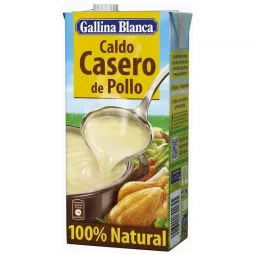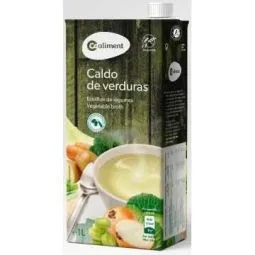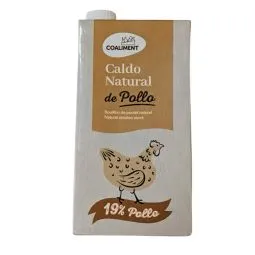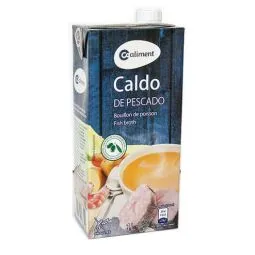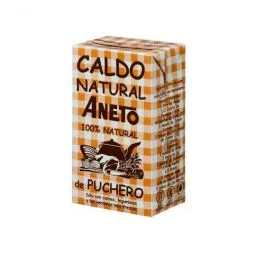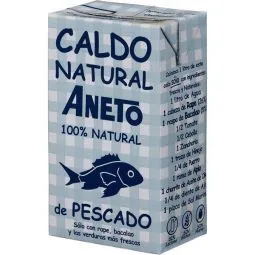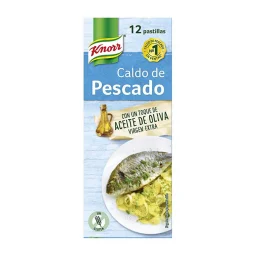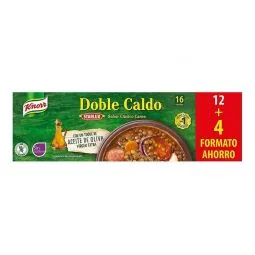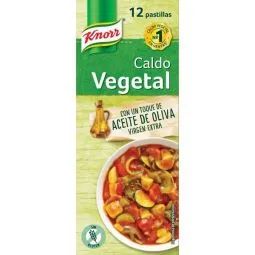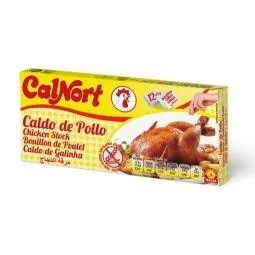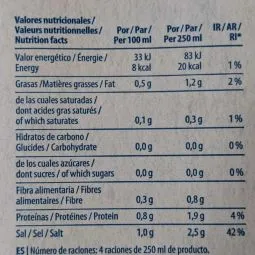SPANISH BROTH SHOP
Find in our online shop, the ideal Spanish broth, soups, avecrem and much more.
OFFER OF SPANISH BROTH, AVECREM AND CREAMS.
See moreUse our advanced search
Chicken Broth Gallina Blanca
Vegetables Broth
Chicken Broth
Fish Broth
100% Natural Aneto Stew Broth
Fish Broth Aneto 100% Natural
Stock Cubes For Fish Soup Knorr
Knorr Meat Stock Cubes
Knorr Vegetable Stock Cubes
Chicken Broth Cubes Calnort
Fumet With Fish And Shellfish
1. Did you know a good broth can transform your entire pasta recipe?
Absolutely — and it’s one of the best-kept secrets of great home cooks and chefs alike. While most people boil pasta in salted water, cooking pasta in high-quality broth instead can add depth, richness, and an extra layer of flavor that elevates even the simplest of recipes.
Think of broth as more than just soup base — it’s a liquid seasoning packed with natural flavors from slow-cooked vegetables, meat, bones or herbs. When you use it to cook pasta, the noodles absorb that flavor as they cook, infusing your entire dish with savory goodness from the inside out.
Whether it’s a light veggie broth for a primavera-style pasta, a deep beef broth for rustic rigatoni, or chicken broth for a comforting noodle bowl — choosing the right broth can truly transform a basic meal into something memorable.
And if you're making a one-pot pasta dish, using broth instead of water doesn’t just boost flavor — it also creates a naturally silky sauce as the starches from the pasta bind with the broth. No extra ingredients needed.
So yes, a good broth can do much more than warm you up on a cold day — it can completely redefine how your pasta tastes, feels, and satisfies.
2. What's the secret to keeping noodles from overcooking in broth?
Overcooked, mushy noodles can ruin an otherwise delicious soup or pasta-in-broth dish. But don’t worry — here are a few professional secrets to keep your noodles firm and flavorful, even in hot broth:
1. Add the noodles at the end of cooking
One of the most common mistakes is putting the noodles in too early. Always cook your broth (and any proteins or veggies) first. Then, add the noodles at the very end, just when you're about to serve. This ensures they cook just enough to be tender, not soggy.
2. Undercook slightly — they keep cooking off-heat
Pasta continues to cook in hot liquid even after the heat is off. So aim for slightly under al dente when boiling them in broth — typically 1-2 minutes less than the package instructions. They’ll finish softening in the bowl or pot.
3. Cook noodles separately (great for leftovers)
If you're making a big batch or planning leftovers, cook your noodles in a separate pot of water. Then add them to each bowl as you serve. This keeps the broth from becoming starchy and the noodles from overcooking or swelling as they sit.
4. Choose the right noodle
Some pasta shapes hold up better than others. Short, thick shapes (like penne, shells or orecchiette) and Asian-style wheat noodles tend to maintain their texture better than fine noodles or rice pasta, which can break down faster in hot liquid.
By understanding how broth and pasta interact, you can take simple comfort food to the next level. Whether you're preparing a hearty noodle soup or a rich pasta cooked entirely in broth, these small tips make a big difference — in texture, flavor, and the satisfaction of every spoonful.




